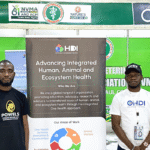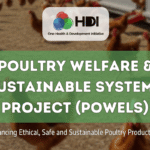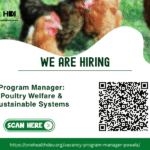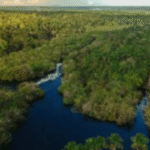Zoonotic Disease: Animal-Human Contact Increases The Risk of Another Outbreak
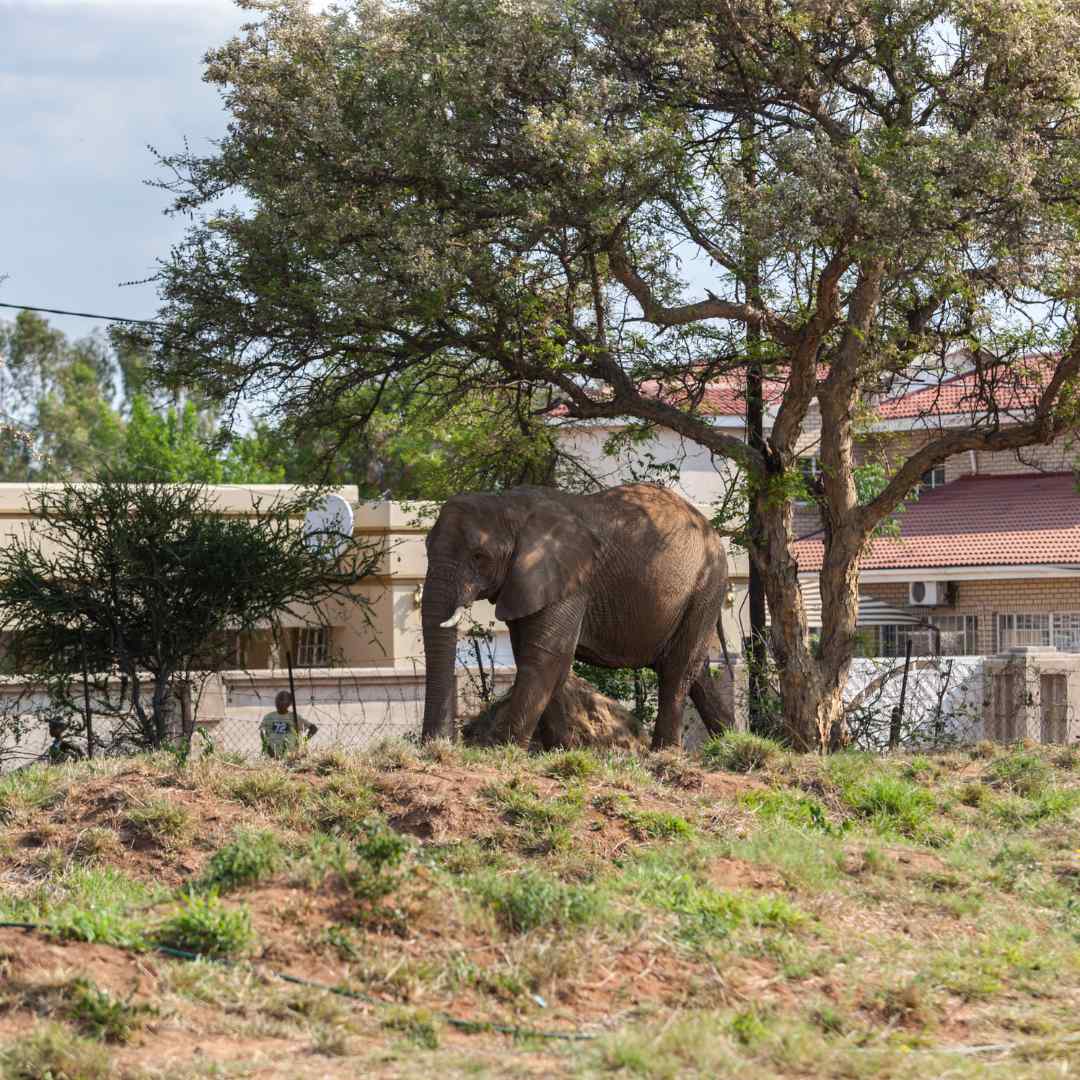
Zoonotic diseases originate from certain pathogens. These pathogens often find temporary refuge in animal reservoirs like mammals, reptiles, or arthropods. Some animals, particularly arthropods like mosquitoes or ticks, can act as vectors, transmitting pathogens between hosts. When a pathogen adapts to the human host environment (including DNA adaptation), it can become transmissible among humans. Increased human-animal contact, exacerbated by global movement, cultural practices, and deforestation, increases the risk of a zoonotic outbreak.
Globalisation and travel
With the constant movement of animals, pathogens spread among countries and people. According to a study, the animal interaction that takes place during the journey to a country, production site, or live market is lethal. Transporting these animals under inhumane conditions, often in vehicles with many other species, forces them to remain in enclosed pens drenched in faeces, urine, and saliva.
This intense environment causes animals to exchange and spread pathogens, allowing the disease to slither from animal to animal, eventually infecting humans. A prime example of this mingling occurred in the 1970s, when raccoons infected with rabies were moved to another region for recreational hunting purposes, leading to a spread of rabies across state lines. Animal smuggling is another form of possible animal-human interaction; people illegally smuggle animals onto modes of public transportation, putting customs officers, passengers, and countries at risk.
Food source
Zoonotic disease is also transmitted to humans through hunting and the consumption of bushmeat. In several countries, the native population consumes bush meat. People who live in rural villages far away from the city, often buy bushmeat sold in nearby markets. The danger of pathogen transmission is even higher for the hunters who locate and slaughter these animals whose blood contains infected pathogens, and mere contact with their blood can endanger the hunters.
Human immunodeficiency virus (HIV), the virus that causes immunodeficiency syndrome (AIDS), likely originated from chimpanzees and sooty mangabey monkeys through the hunting and butchering of bushmeat. These viruses are human-transmissible due to their specific mechanisms of infection and replication. Even more concerning, the logging trade has allowed hunters to easily invade jungles and get to their prey. Governments struggle to regulate the bushmeat business because people rely on bushmeat as a food source, and hunters rely on the money they make to feed their families.
Deforestation
Deforestation also plays a role in increasing animal-human contact, leading to disease outbreaks. As the global population swells, deforestation has become an issue in many countries. With overcrowded cities and rural areas quickly reaching their capacity, people are looking to the forests for new homes and job opportunities. Deforestation has disturbed the natural landscape, encouraging animals to make new homes—closer to humans. In Bangladesh and Malaysia, bats infected humans who modified their natural habitat.
In 1998, Nipah virus was detected at an animal production site in Malaysia as a consequence of animal interaction. Bats carrying the virus transmitted it to pigs when the pigs came into contact with the bats’ fluids and waste. Once the pigs became sick, agricultural workers soon followed. By encroaching on habitats and establishing an indefinite presence there, humans force animals to find new homes in heavily populated areas. In the process of cutting down trees and clearing land, humans may stumble upon reservoirs of undisturbed zoonotic disease and then bring it back to their communities. Deforestation accelerates the transmission of zoonotic diseases and worsens climate change.
Recommendations
As animal-human contact becomes more frequent, scientists are under pressure to find solutions to combat these outbreaks. To prevent an outbreak, scientists should closely monitor areas susceptible to outbreaks of zoonosis and analyse risky agents. These areas include countries with limited infrastructure, rural regions with increased wildlife contact, and large cities teeming with susceptible hosts. The threat of an outbreak requires an interdisciplinary approach to health.
Researchers have called for “… closer collaboration between the veterinary profession, wildlife specialists, and public health personnel. … [outbreaks] emphasized the role that veterinarians and other wildlife specialists can play in surveillance, control, and prevention of emerging zoonosis, as their training in disease recognition, and population medicine makes them well suited for early detection networks.”
We need scientists and public health personnel who can understand the relationship between a reservoir, vector, and host. Additionally, there is a need for community health workers who are instrumental in implementing safety measures, as well as public health officials who can increase public awareness of zoonotic disease.
Conclusion
While experts work to identify lethal pathogens, it is crucial for citizens to educate themselves on the risks of animal-human contact to minimise their exposure to zoonotic diseases. This task is challenging as globalisation, cultural practices, and deforestation increasingly bring animals and humans into closer contact. We must urge our countries to report suspicious outbreaks promptly, equip hospitals with essential medical resources, and implement protocols to mitigate significant economic impacts and loss of life. It is imperative that we take greater responsibility for our actions and show respect for the animal kingdom.
References
Chomel, B. B., Belotto, A., & Meslin, F. X. (2007). Wildlife, exotic pets, and emerging zoonoses. Emerging infectious diseases, 13(1), 6–11. https://doi.org/10.3201/eid1301.060480
Cutler, S. J., Fooks, A. R., & van der Poel, W. H. (2010). Public health threat of new, reemerging, and neglected zoonoses in the industrialized world. Emerging infectious diseases, 16(1), 1–7. https://doi.org/10.3201/eid1601.081467
Jacewicz, N. (2017, February 14). From vector to zoonotic: A glossary for infectious diseases. NPR. https://www.npr.org/sections/goatsandsoda/2017/02/14/512875686/from-vector-to-zoonotic-a-glossary-for-infectious-diseases
Shah, S. (2009, October 15). The spread of new diseases and the Climate Connection. Yale E360. https://e360.yale.edu/features/the_spread_of_new_diseases_the_climate_connection

Isabella Hofman
Isabella Hofman is a student at the University of Maryland, College Park. She is pursuing a Bachelor of Science in Community Health and a minor in History. She is interested in One Health, a holistic approach to animal, human, and environmental health. Isabella has a deep passion for infectious disease epidemiology and wildlife conservation. After graduation, she hopes to receive an MPH in infectious disease epidemiology or environmental studies.






